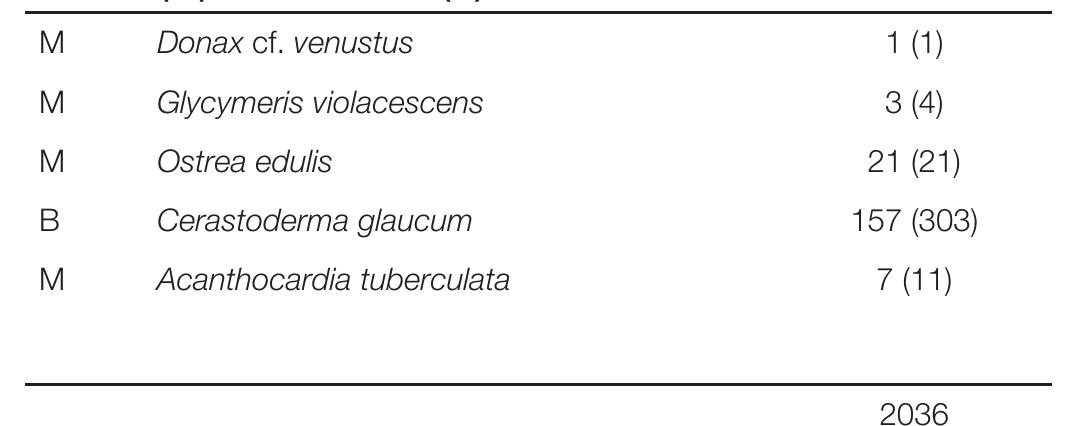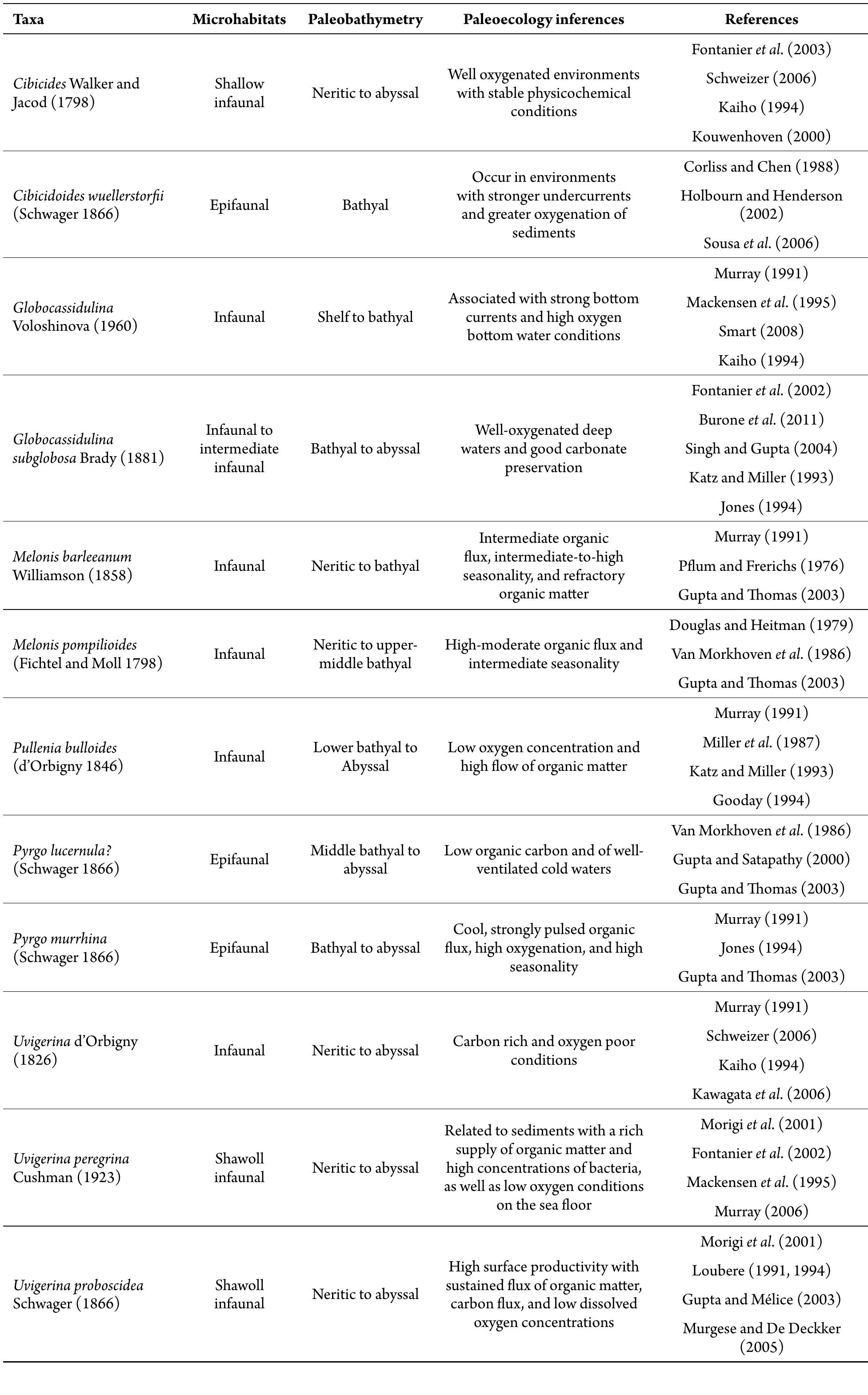Key research themes
1. How did climate variability during the Pleistocene-Holocene transition influence hominin adaptation and dispersal?
This research theme investigates the role of fluctuating climate conditions, particularly episodes of high and low variability, as drivers of hominin evolutionary innovations, adaptability, and dispersal patterns during the transition from Pleistocene to Holocene. It emphasizes identifying specific climate variability phases and linking them to biological and cultural milestones in human evolution, testing hypotheses such as variability selection using multi-proxy evidence.
2. What were the effects of Pleistocene-Holocene climate change on mammalian fauna distributions, extinctions, and ecosystem restructuring?
This theme focuses on assessing how climatic shifts during the late Pleistocene to Holocene impacted mammalian species through migrations, local extinctions, and ecosystem changes. It integrates fossil, genetic, radiocarbon dating, and ancient DNA methods to reconstruct spatiotemporal dynamics of megafauna and smaller mammals, linking biome alterations to extinction pulses and faunal homogenization over millennial timescales.
3. How did Holocene environmental transitions shape Arctic and high latitude predator populations and ecosystem dynamics?
This research area explores the influence of Holocene climate fluctuations on the evolutionary ecology, population demographics, and habitat suitability of Arctic apex predators, particularly polar bears. By integrating palaeogenomics, stable isotope ecology, morphometric data, and ecological niche modeling, these studies assess how environmental shifts impacted predator adaptations, population structure, and ecosystem connectivity in sensitive polar environments.



































